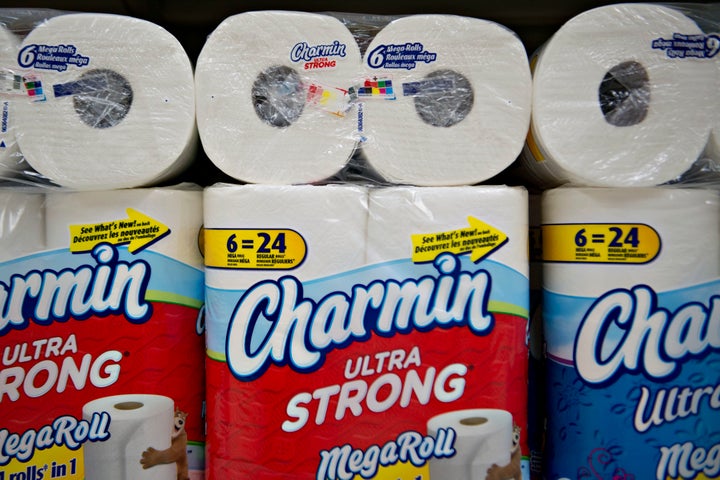
Underserved households often have no choice but to pass up a good deal, even if it could save them money in the long term, a new study concluded.
A study out of the University of Michigan's Ross School of Business found that poor people spend more on toilet paper than rich people do. But the reasons behind the trend extend to other household items, and further demonstrate how it’s actually expensive to be poor.
Low-income households typically spend more on toilet paper because they don’t have the cash to fork over to buy in bulk, which would save money over time, the study noted. So, instead of spending $24 on 36 rolls of toilet paper, an underserved person is more likely to spend $7.50 for eight rolls, even though it actually costs more.
Not being able to stock up also means having to buy toilet paper exactly when the need presents itself. These consumers, in turn, can’t time their purchases to coincide with a store’s sale.
"[Well-off households] buy when the price is right and wait when the price isn’t,” Yesim Orhun, one of the authors, told The Washington Post. “But poor people don’t have that luxury."
The authors analyzed 100,000 households’ toilet paper purchases over the course of seven years. They chose to focus in on this specific basic need because buying in bulk and on sale is common, there’s less difference across brands than, say, detergent or diapers, and it’s an item that people can’t live without.
The results found that households earning $20,000 or less pay at least 5.9 percent more on each toilet paper sheet than households that make $100,000 or more, due to the fact they can’t take advantage of these cost-saving measures.
To break it down even further, poorer shoppers spent about 50 cents on a roll of toilet paper. They pay an additional 3 cents per roll than they would if they could take advantage of the sales and buying in bulk the way more affluent households do.
The authors, however, were quick to note that poorer shoppers aren’t necessarily less savvy than their richer counterparts. Their research found that lower-income shoppers save money by buying cheaper brands. Also, lower-income shoppers are more likely to use money-saving tactics at the beginning of the month when cash is more readily available after getting a paycheck or food stamps.
While the study is premised on spending as it relates to toilet paper, the message goes much further. It serves as additional proof that being poor is costly and that getting government benefits hardly means leading a cushy existence.
It’s another example of how poor people spend a greater portion of their income on basic needs than wealthier people do, as CNN Money reported last year. Lower income households spend 182 percent of their income on food, transportation and housing, the report found.
And it’s not for a lack of resourcefulness. It’s a matter of facing impossible choices.
Poor families know that resorting to fast food can lead to health problems, but that's often the only option. Keeping a job can translate into spending inordinate amounts of money just to get there and back. And, going through the motions of applying for housing assistance is often an exercise in futility since only one in four eligible families receive it.
"Our findings suggest it's not that poor households can't do the math or are financially inept," Orhun told CNN Money. "They can be frugal. They take the better deal, when they can afford to."


